We’re excited to introduce you to the always interesting and insightful Camilla Boemio . We hope you’ll enjoy our conversation with Camilla below.
Alright, Camilla thanks for taking the time to share your stories and insights with us today. What’s been the most meaningful project you’ve worked on?
One of the most meaningful project I have worked was at last edition of 59th International Art La Biennale di Venezia. I was been co-associate curator of Pera + Flora + Fauna, an official Collateral Event supported by Port Perak. The description of the topic of the exhibition tell how the discourse about indigenousness and nature is largely affected by mainstream cultural attitudes of industrialised nations, the very nations that are contributing to the existing environmental problem. This leads to questions such as, can aesthetic thinking lead to conservation and restoration of nature or indigenousness? Can indigenous populations across the globe challenge the mainstream documented (art) history written by the nonindigenous? Can indigenous populations achieve the liberty to collectively claim “their own history and narratives”, antagonising the dominant discourse? Pera + Flora + Fauna intends to interrogate the interrelations between indigenousness, dominant culture, and nature.
The topic was so relevant. It was also an incredible opportunity to work with the italian artist Stefano Cagol and the malaysian artists like Kamal Sabran, and Kim Ng. For example Ng artistic practice involved with different art forms; from two-dimensional work on canvas and paper like mixed media painting and printmaking to three-dimensional work like sculpture, ceramics and installation art work. His artistic practice involved with different art forms; from two-dimensional work on canvas and paper like mixed media painting and printmaking to three-dimensional work like sculpture, ceramics and installation art work. It was amazing is site-specific installation at Archivi della Misericordia, in Venice.
An another recent solo show that was a meaningful project is Ascension. Ascension is the new photoseries of British photographer and a writer Matthew Smith.
Ascension won honourable mentions at the Lucie International Photo Awards 2020, the Moscow International Foto Awards in 2020 and 2021 and the Tokyo International Foto Awards 2022. It will be exhibited at Galleria Bruno Lisi in Rome in 2023.
I curated his solo show at AOC F58 Galleria Bruno Lisi.
The images of Ascension are a surprising constellation of life that merges with the personal and the collective and unites the transcendent with the discovery of an aesthetic landscape. The emotional intensity dialogues with a profound spirituality. In this state, the sublime spreads in the details, in the discovery of light, the progress of the shadows, and the in the moon’s appearance in the water. An impulse that gives us the perception of life composed of a poetic visual vocabulary. Life again and again, which is revealed in the details, gives complex and intercalated visual states whose unexpected twists open up unexplored worlds.
This landscape becomes a hybrid archipelago composed of different cities: Venezia, Venice Beach, London, and Tokyo. Picking up Édouard Glissant’s foresight that “the entire world is becoming an archipelago,” the dissolution of memory began a fluid territory in which to project a new existential paradigm.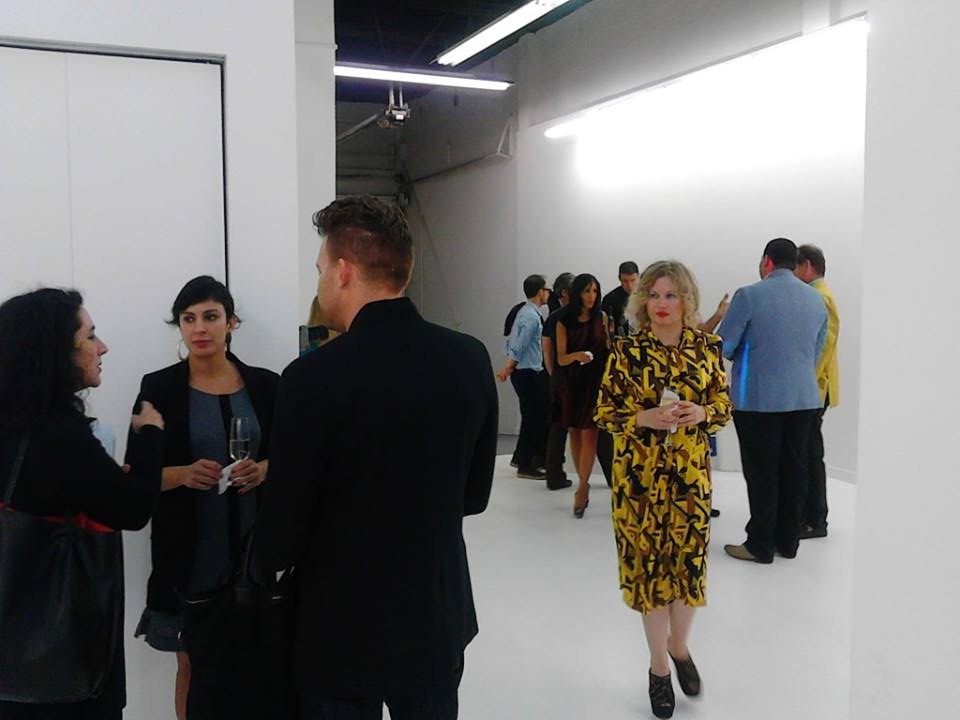
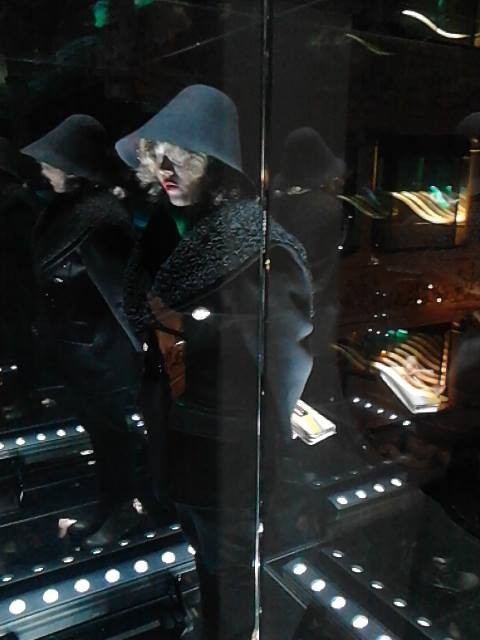
Awesome – so before we get into the rest of our questions, can you briefly introduce yourself to our readers.
My work is my life, my life is my work. I understood that art was becoming very important in my life when I was a teenager. My best afternoon of the week was dedicated to realizing drawings in the museums, to discover the permanent collections. When I discovered Land Art; I was completely absorbed by these artists creating artworks in and with the landscape made with natural materials, including soil, rock, boulders, and trees, sometimes along with man-made materials such as concrete, metal, and asphalt. The Pilgrims Way 1971; by Hamish Fulton was fundamental for my imaginary. I try to curate adventurous, groundbreaking content and projects of critical and public note. I’m working with a great team with the mission to conceptualizing and implementing timely and innovative exhibitions that may tour nationally or internationally; artist residencies and commissions; and interdisciplinary projects focused on contemporary art.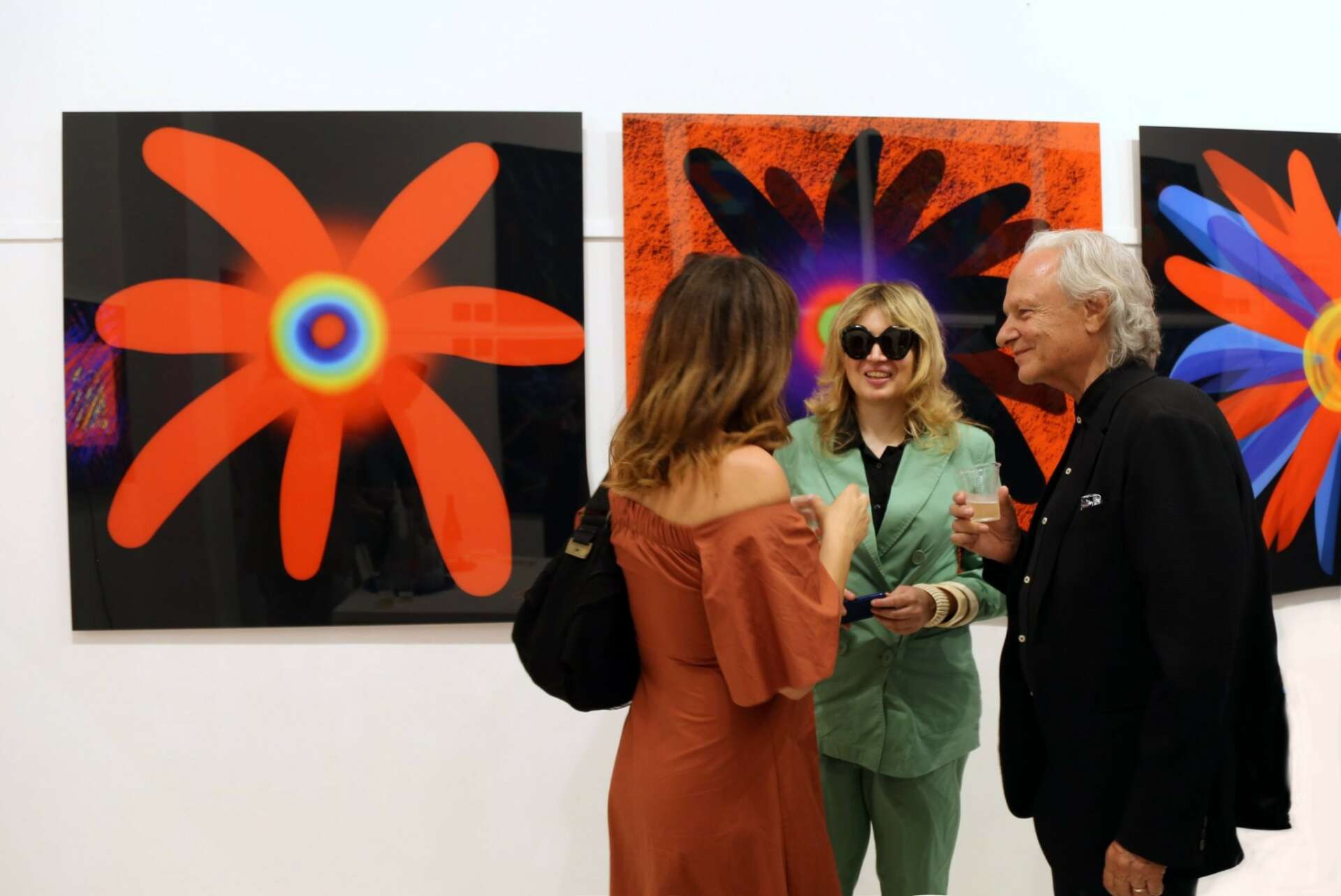
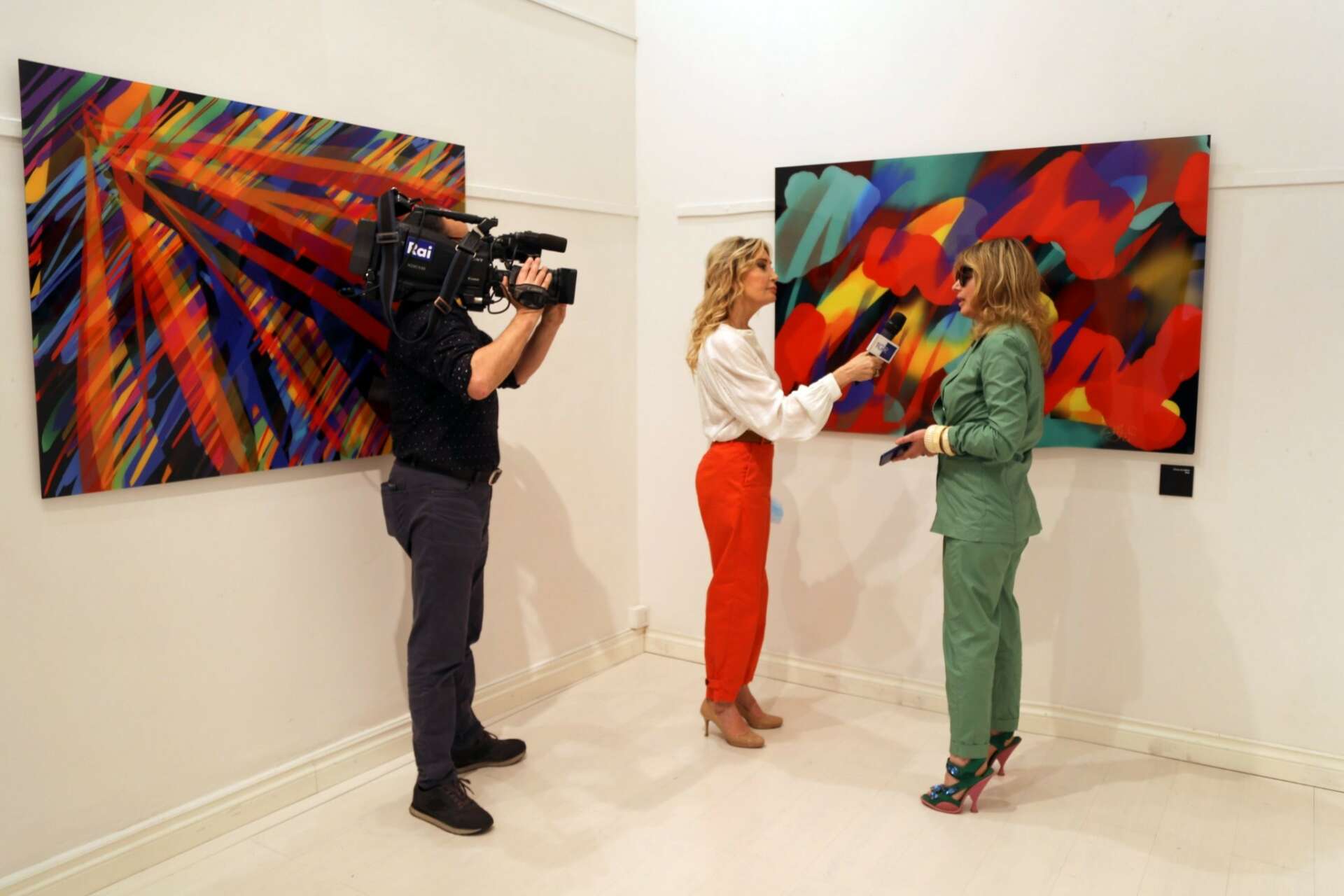
In your view, what can society to do to best support artists, creatives and a thriving creative ecosystem?
Society and Institutions need to create occasions to debate and reflect upon contemporary topics and ideas, get actively involved, think through doing, and make a difference. It’s important to support, nurture and help communities of art organisations, artists, activism and the visitors. California’s art communities has a long experience in this capacity to extend a strong polifonic dialoge. Some of these platform were conceived as an open experiment which grew and changed over the course of last years. The spirit of collaboration, community partnership and experimentation which defined maies of these project has since been embedded into the wider activity of museums.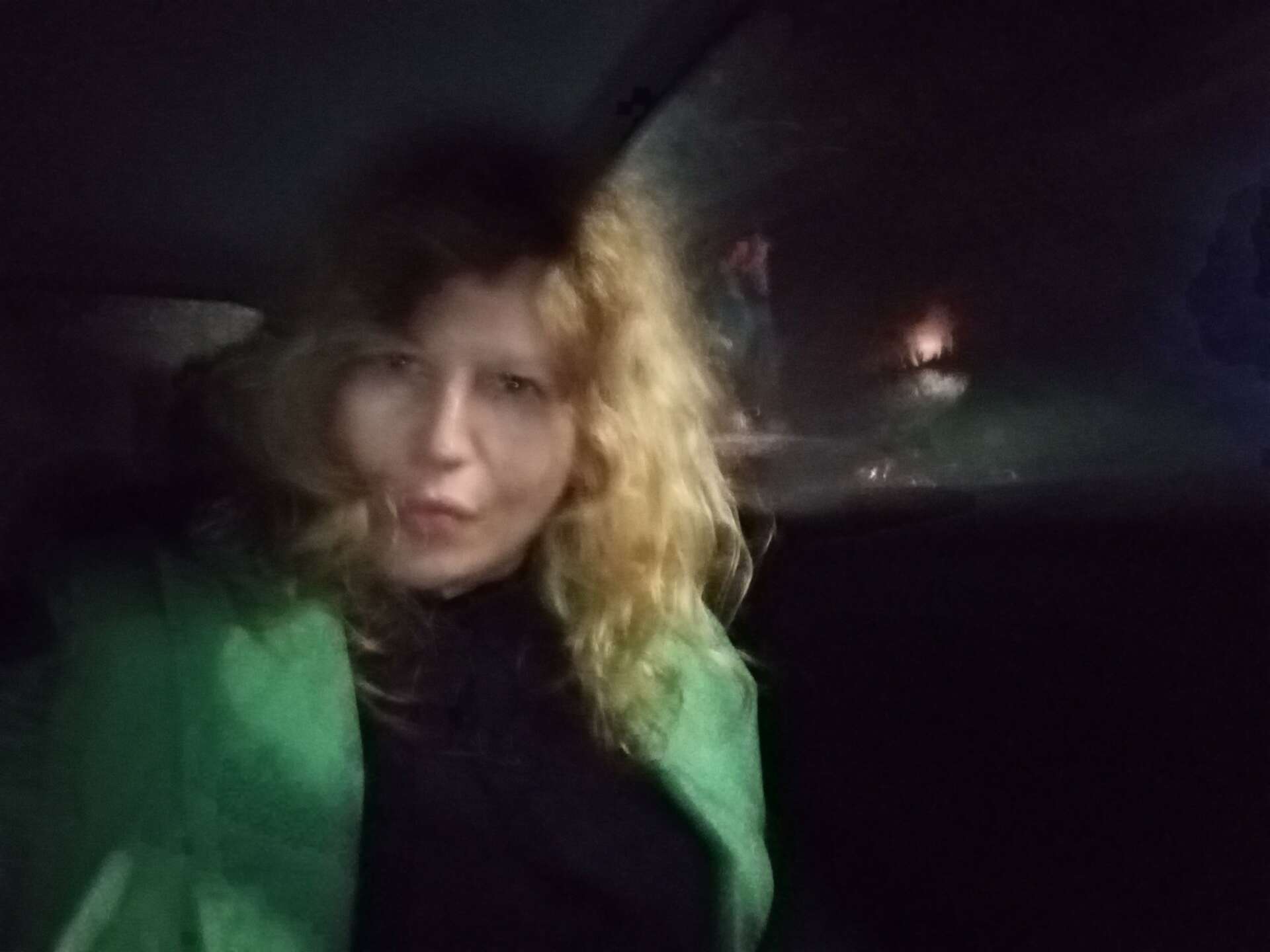

Is there mission driving your creative journey?
It’s so interesting to invent new ways of working in curatorial methods that last and are sustainable over a long period of time. I decided to doing more studio visits during this year, after the tragic pandemic period. I visited studios outside big cities and in the countryside places that I wouldn’t normally have the opportunity to go to. It so stimulated to grow with the artists, having also collaboration with architects, writers, philosophers and film-makers.
I believe in friedship, and in the sense of communities.
For example, in the first months of this winter I received an invitation to talk about the practice of Zoè Gruni in a conference at Pistoia Museum. After this public gourgeous experience; I decided to invited Zoé Gruni to realize a solo show in a gallery.
I’m preparing Fromoso solo show. “Fromoso” is a video-performance inspired by the concept of anthropophagy. The action was carried out inside the allegorical floats dump of the Carnival in the port area in Rio de Janeiro. The dancer Ana Kavalis concedes her body to an esoteric ritual in which the body is absorbed until it disappears.
It will be a very good exhibition. 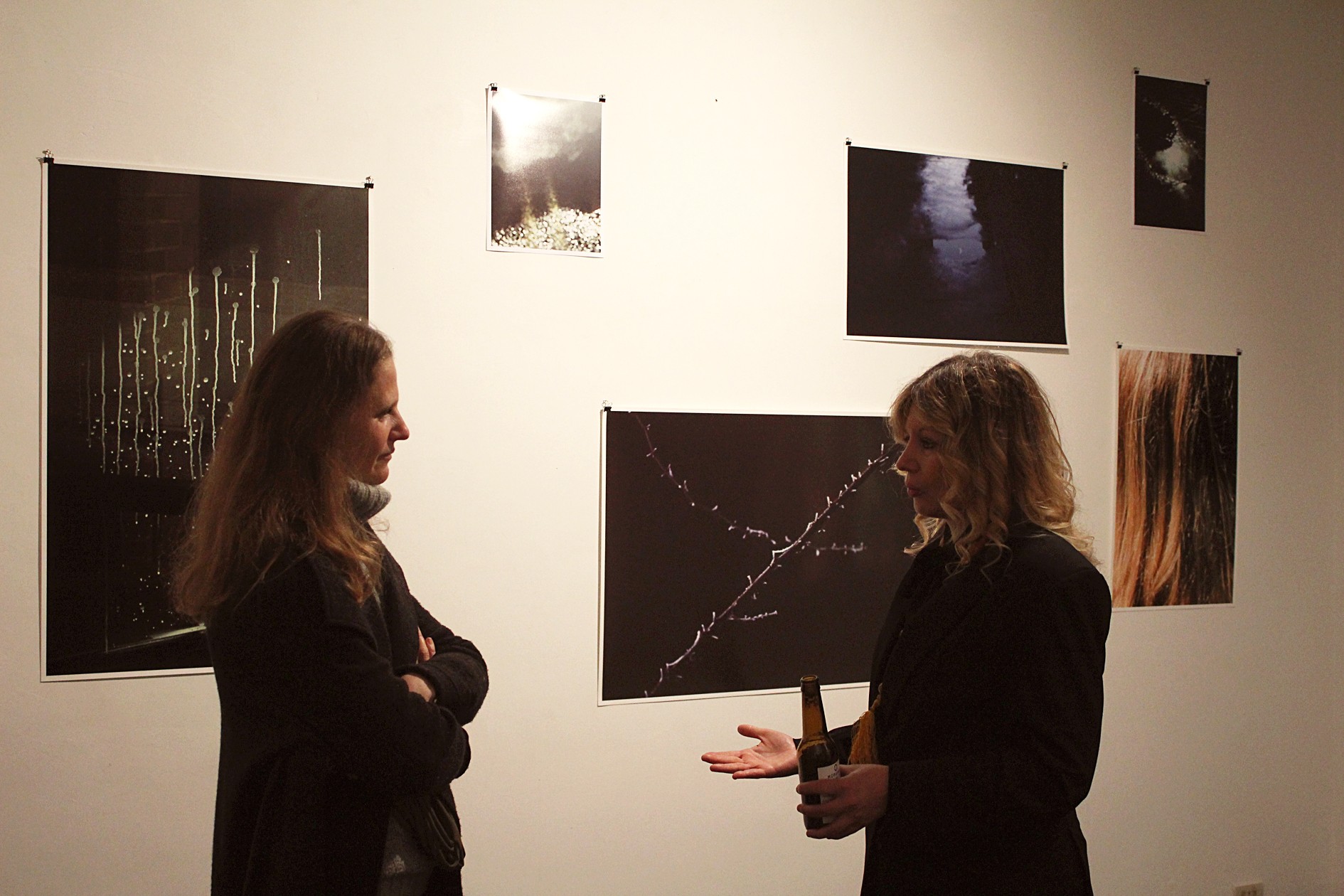
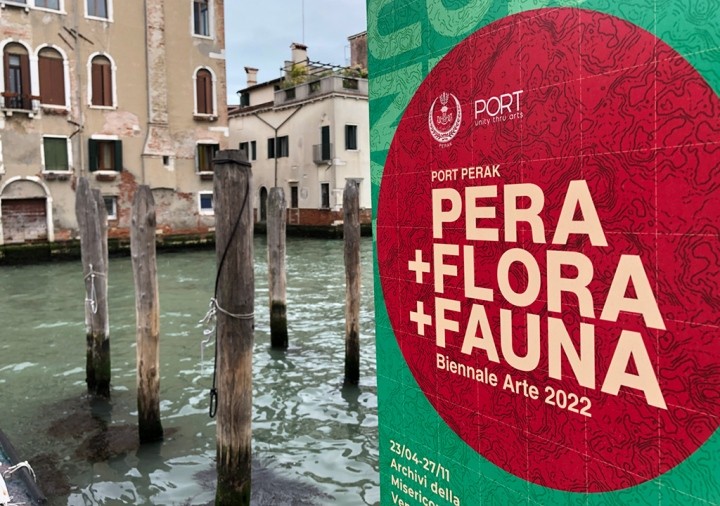
Contact Info:
- Website: http://www.camillaboemio.com/
- Instagram: @camillaboemio
- Facebook: Camilla Boemio
- Twitter: https://twitter.com/i/flow/login
- Other: Blog http://aniconics.wordpress.com
Image Credits
1. Ascension opening, Matthew Smith solo show, at AOC F58 Galleria Bruno Lisi, photo Gabriele Mizzoni. 2. Ascension opening, Matthew Smith solo show, at AOC F58 Galleria Bruno Lisi, photo Gabriele Mizzoni. 3. Ascension opening, Matthew Smith solo show, at AOC F58 Galleria Bruno Lisi, photo Gabriele Mizzoni. 4.Camilla Boemio’s portrait, realized by Fabrizio Orsini. 5. Carlo Gasperoni: TerraMareStelle opening, photo Elisabetta Villa. 6. CarloGasperoni: TerraMareStelle opening, photo Elisabetta Villa. 7. View of Pera + Flora + Fauna. The Story of Indigenousness and the Ownership of History, at Archivi della Misericordia, Collateral Event of the 59th International Art Exhibition – La Biennale di Venezia (20229. 8. Camilla Boemio’s portrait, Pitti Firenze, photo AAC Platform. . 9. Camilla Boemio, Art Basel Miami, Miami, photo Fabrizio Orsini.


